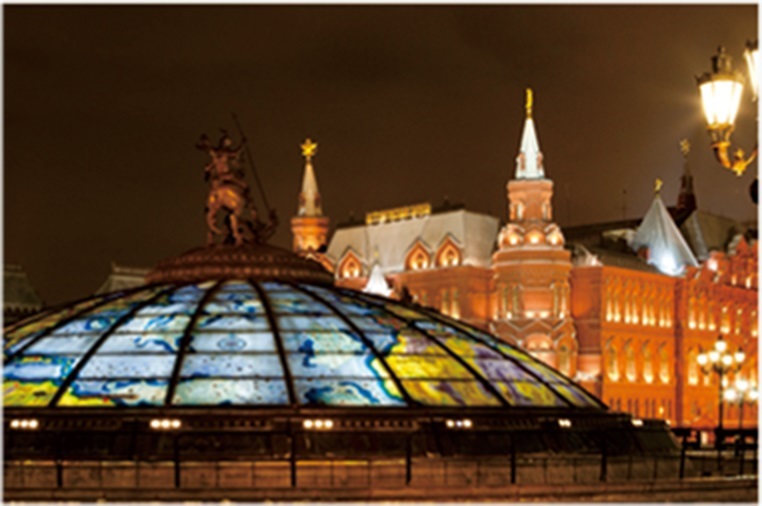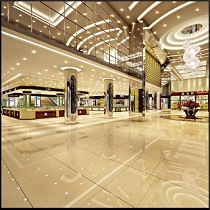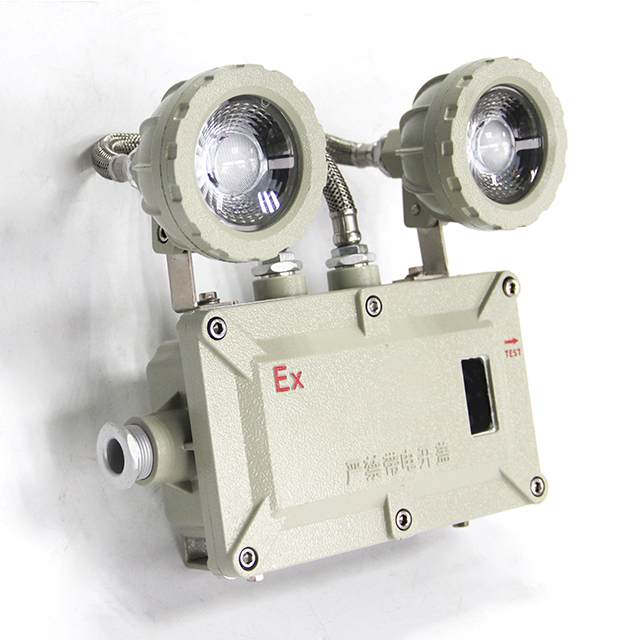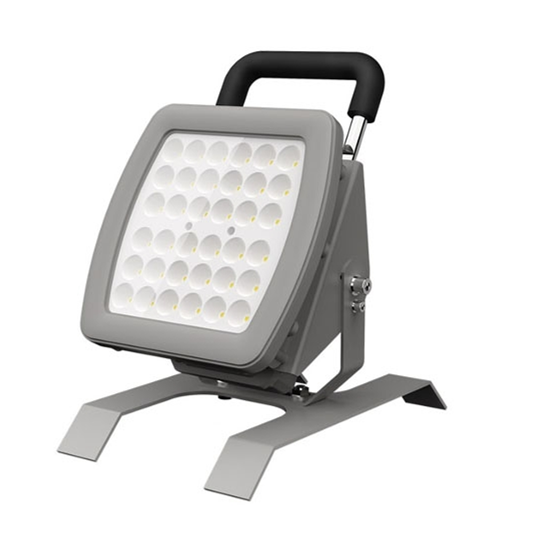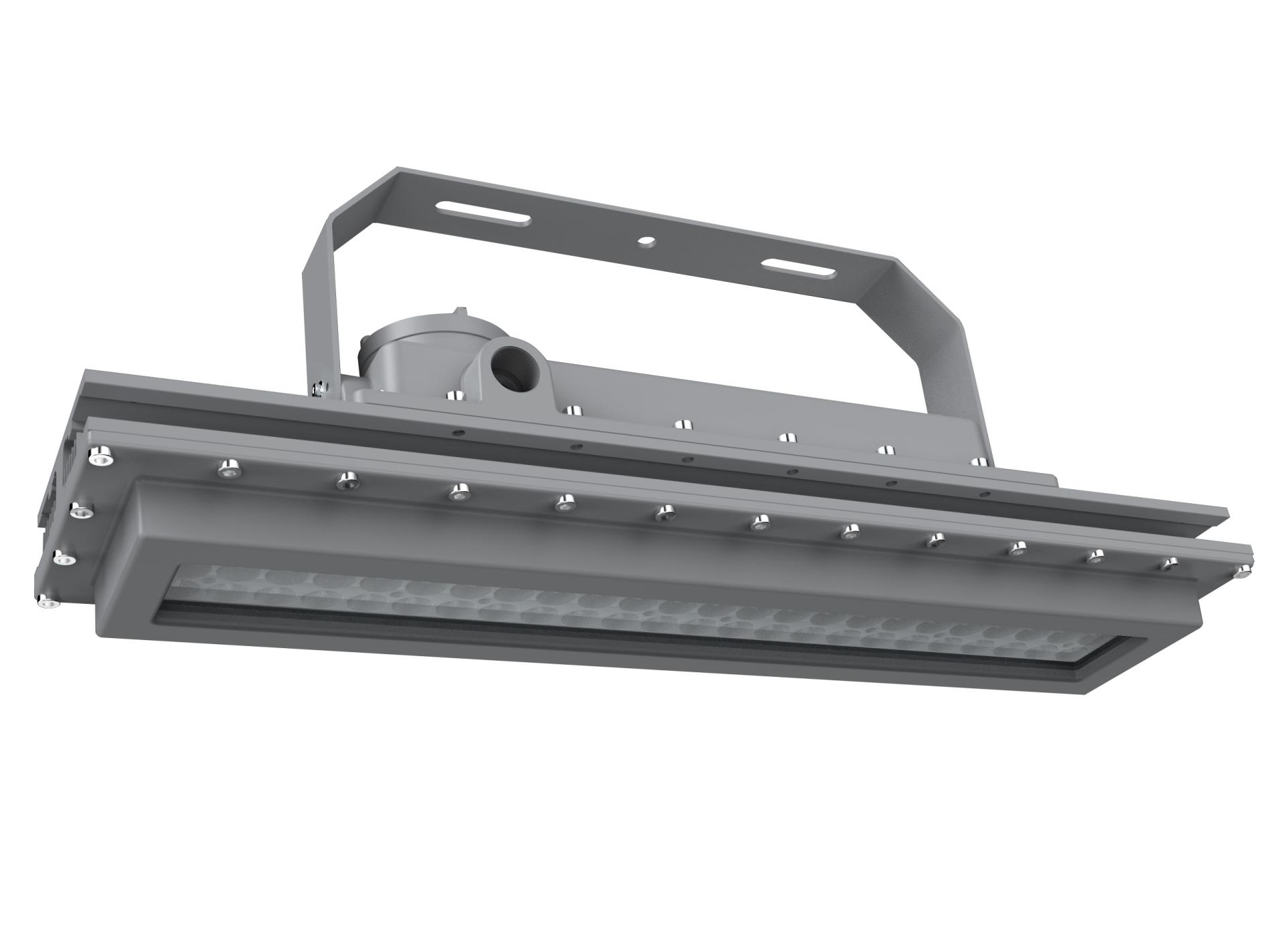Sustainable landscaping is reshaping the way outdoor spaces are designed, and LED solar lights have become one of the most influential technologies driving this transformation. With their energy independence, high efficiency, and flexible installation, LED solar lighting is increasingly used in residential gardens, public parks, pathway systems, and large commercial landscapes. Today, these lights play a central role in creating outdoor environments that are both visually appealing and environmentally responsible.
How LED Solar Lights Work: A Simple Yet Highly Efficient System
Although LED solar lighting relies on a straightforward operating mechanism, its performance is remarkably reliable.
- Solar panels capture sunlight during the day and convert it into electrical energy.
- Built-in rechargeable batteries store this energy for nighttime use.
- LED chips deliver illumination once it gets dark, ensuring consistent brightness.
- Automatic light sensors enable the system to turn on at dusk and off at dawn without manual control.
By eliminating dependence on external power sources, LED solar lights provide unmatched design freedom and adaptability.
Why LED Solar Lights Fit Perfectly Into Sustainable Landscaping
For landscape projects that emphasize long-term efficiency, low impact, and cost-effective maintenance, LED solar lighting offers several compelling benefits.
1. Zero-Emission Energy Use
Because the system is entirely powered by sunlight, it produces no carbon emissions. This makes it an ideal choice for eco-friendly landscape plans and green building standards.
2. Flexible Installation Without Wiring
No underground cabling or electrical connection is needed, making these lights ideal for:
- Large pathway networks
- Riverside or lakeside landscapes
- Mountain or hillside parks
- Garden beds and lawn installations
They are especially beneficial in areas with uneven terrain or restricted construction conditions.
3. Extremely Low Operating Cost
With no electricity bills and minimal maintenance requirements, LED solar lights significantly reduce lifetime project expenses, offering long-term value.
4. Enhanced Outdoor Safety
No exposed electrical components means no risk of electric shock. Even in rainy, humid, or coastal environments, the lights remain safe and stable, making them suitable for both public areas and private yards.
How to Maximize the Performance of LED Solar Lights
To ensure the best visual effect and long-term functionality in landscaping projects, consider the following strategies:
Select the right color temperature and brightness
- Warm white creates a welcoming, atmospheric feel in gardens or seating areas.
- Neutral or cool white is ideal for paths, parking areas, or busy public zones.
- High-brightness models enhance visibility in wide or high-traffic spaces.
Plan installation locations with sunlight exposure in mind
Avoid shaded or obstructed areas to ensure the solar panel receives sufficient sunlight, which directly influences nighttime performance.
Choose lights with strong waterproof protection (IP65 or above)
This ensures durability under rain, dust, and harsh outdoor conditions.
Opt for models with large-capacity batteries
This helps maintain extended lighting duration even on cloudy or rainy days.
LED Solar Lights Are Redefining the Future of Outdoor Illumination
From pedestrian paths to community parks and modern commercial plazas, LED solar lights have become essential in sustainable landscape design. Their environmental benefits, long lifespan, and installation convenience make them a preferred choice for designers who aim to balance beauty and efficiency. As sustainability continues to shape outdoor environments, solar-powered LED lighting will play an even more prominent role in future landscape projects.
For reliable and high-quality LED lighting solutions, you can explore more options from adtoledlight.
TOP NEWS
-
LED Pool Lights and Traditional Pool Lighting Compared Through a Cost-Benefit Lens
-
How LED Solar Lights Are Powering Sustainable Landscaping Projects
-
Explore the Power of Philips Lighting Solutions Driving the Future of Smart LED Integration
-
How to Choose the Perfect LED Decorative Lights for Every Seasonal Event





